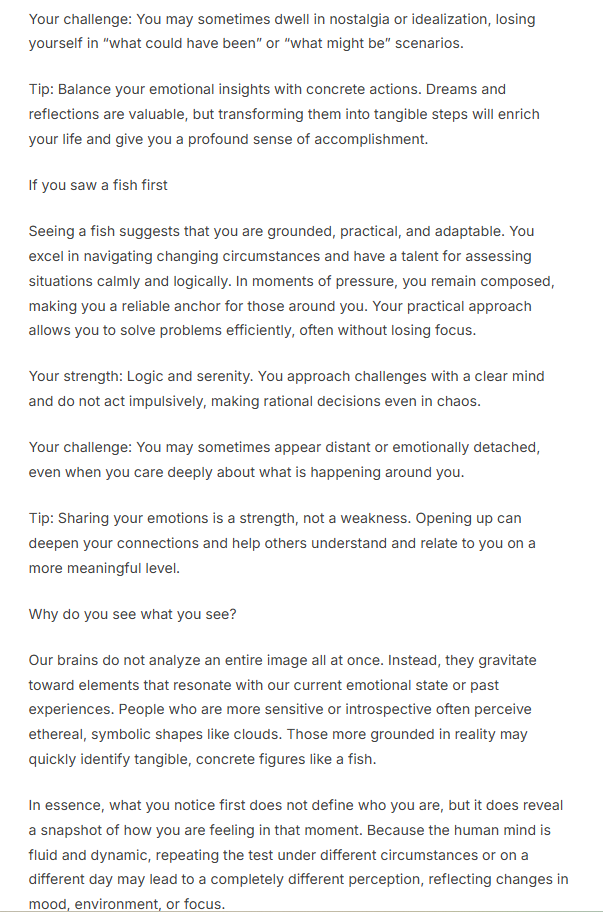In today’s world, most people spend a large portion of their day sitting—whether at work, at home, or even during leisure activities. The result? An increasing number of individuals suffer from chronic back pain, neck strain, and poor posture. In response to these issues, standing desks have gained tremendous popularity as a healthier alternative to traditional sitting desks. But are they really effective? Let’s explore how standing desks can help reduce back strain and improve posture, and why incorporating one into your daily routine might be one of the smartest decisions for your long-term health.




The Problem with Sitting All Day
Modern lifestyles have become synonymous with sitting. From the moment we start our day—eating breakfast, commuting, working at a desk, relaxing on the couch—most of our activities involve prolonged sitting. Unfortunately, the human body wasn’t designed to remain in a seated position for hours on end.
When you sit for extended periods, your hip flexors tighten, the spine compresses, and muscles that support your back and core weaken. This leads to slouching, rounded shoulders, and eventually, chronic lower back pain. Research has even linked excessive sitting to more serious health risks such as obesity, diabetes, and cardiovascular diseases.
This is where the idea of alternating between sitting and standing throughout the day, using a standing desk, becomes a game changer.
What Exactly Is a Standing Desk?
A standing desk, sometimes called a height-adjustable or sit-stand desk, is a workstation designed to allow you to work comfortably while standing. Many modern versions are adjustable, enabling users to switch between sitting and standing positions easily. This flexibility helps reduce the strain caused by remaining in one posture for too long.
Standing desks come in various designs—from manual crank-adjustable desks to electric models with programmable height settings. Some are compact and ideal for home offices, while others are full-sized solutions suitable for corporate environments. Regardless of the design, the purpose remains the same: to promote movement, better posture, and overall well-being during working hours.
How Standing Desks Reduce Back Strain
1. Encouraging Better Spine Alignment
When you sit for long periods, especially with poor posture, your spine naturally curves into a “C” shape. This puts pressure on your lower back muscles and spinal discs. Standing, on the other hand, encourages the spine to maintain its natural “S” curve. By using a standing desk, you can alternate between sitting and standing positions, giving your spine a chance to decompress and realign.
2. Engaging Core and Leg Muscles
Standing requires light muscle engagement. Even though you may not notice it, your core, leg, and back muscles are all working to keep your body upright and balanced. This constant micro-movement strengthens stabilizing muscles, reduces stiffness, and prevents the muscle atrophy that often results from sitting all day.
3. Improving Blood Circulation
Prolonged sitting restricts blood flow, particularly to the lower extremities. This can lead to swelling, fatigue, and even more serious problems like deep vein thrombosis. Standing desks promote better blood circulation throughout the body, helping to nourish muscles and reduce inflammation that contributes to back strain.
4. Reducing Pressure on the Lower Back
When you sit, much of your body weight is concentrated on your lower back and hips. This pressure, combined with slouched posture, leads to discomfort and chronic pain. Standing allows your weight to be more evenly distributed between your legs and spine, easing the burden on the lower back and providing natural relief.
How Standing Desks Help Improve Posture
1. Promoting Active Postural Awareness
One of the most significant benefits of using a standing desk is the increased awareness of your posture. When you stand, it’s easier to recognize when you start to slouch or lean on one hip. Many users naturally adjust their stance, engage their core, and realign their shoulders—behaviors that encourage long-term postural improvement.
2. Reducing Neck and Shoulder Tension
When sitting at a desk, people often lean forward to view their screens, leading to “tech neck”—a condition caused by bending the neck for extended periods. With a standing desk, you can easily adjust the height of your monitor so that it’s at eye level. This reduces strain on the neck and shoulders, helping maintain a neutral head position.
3. Encouraging Movement and Stretching
Standing desks make it easier to stay active throughout the day. You’re more likely to stretch, shift your weight, or even take short walks, which all contribute to better posture and flexibility. This movement helps maintain the spine’s natural curvature and reduces stiffness in the shoulders and upper back.
Tips for Using a Standing Desk Effectively
Transitioning to a standing desk can be beneficial, but it’s essential to use it properly. Standing all day isn’t ideal either—it can lead to fatigue and discomfort in the legs and feet. Here are some practical tips for maximizing the benefits of your standing desk:
1. Start Gradually
Begin by standing for 20 to 30 minutes at a time, several times throughout the day. Gradually increase the duration as your body adjusts. The key is balance—alternating between sitting and standing regularly.
2. Adjust Desk and Monitor Height
Make sure your desk is at the correct height so your elbows form a 90-degree angle while typing. Your computer screen should be at eye level to prevent neck strain.
3. Use an Anti-Fatigue Mat
Standing on a hard surface for hours can be tough on your feet and joints. An anti-fatigue mat provides cushioning and encourages subtle movement, reducing discomfort.
4. Wear Supportive Footwear
Comfortable shoes with good arch support make a big difference. Avoid high heels or completely flat shoes, as both can lead to posture issues and back strain.
5. Maintain Good Posture
Keep your shoulders relaxed, back straight, and core engaged. Avoid locking your knees or leaning too much on one leg.
6. Take Regular Breaks
Even with a standing desk, it’s important to move. Stretch your arms, roll your shoulders, or take short walks every hour to keep your muscles active and prevent stiffness.
Beyond the Desk: Creating a Truly Ergonomic Workspace
A standing desk is just one part of an ergonomic workspace. To fully support your posture and reduce back strain, consider additional factors like chair design, monitor placement, and workspace organization.
- Ergonomic Chairs: If you alternate between sitting and standing, invest in a chair that supports your spine’s natural curve and allows for movement.
- Monitor Arms: Adjustable monitor arms can help you maintain the correct screen height whether you’re sitting or standing.
- Keyboard and Mouse Placement: Keep your wrists in a neutral position to avoid strain. Consider ergonomic accessories designed to reduce repetitive stress.
- Workspace Layout: Keep essential tools within easy reach to prevent twisting or overreaching.
The Psychological and Productivity Benefits
The advantages of standing desks extend beyond physical health. Many users report feeling more energized and focused throughout the day. Standing promotes alertness by increasing blood flow and oxygen levels, which in turn can enhance mood and productivity.
Furthermore, incorporating small movements, like shifting weight or pacing, can stimulate creativity and problem-solving abilities. Over time, these improvements in both body and mind contribute to better overall job performance and well-being.
Conclusion: A Step Toward a Healthier Work Life
Standing desks are more than just a workplace trend—they’re a proactive solution to some of the most common health problems associated with sedentary lifestyles. By encouraging movement, improving posture, and reducing back strain, they help create a healthier, more comfortable, and more productive work environment.
Making the switch doesn’t have to be drastic. Start gradually, listen to your body, and adjust your setup to suit your needs. Whether you work from home or in an office, a standing desk can transform the way you approach your daily routine—supporting both your physical health and overall well-being for years to come.



